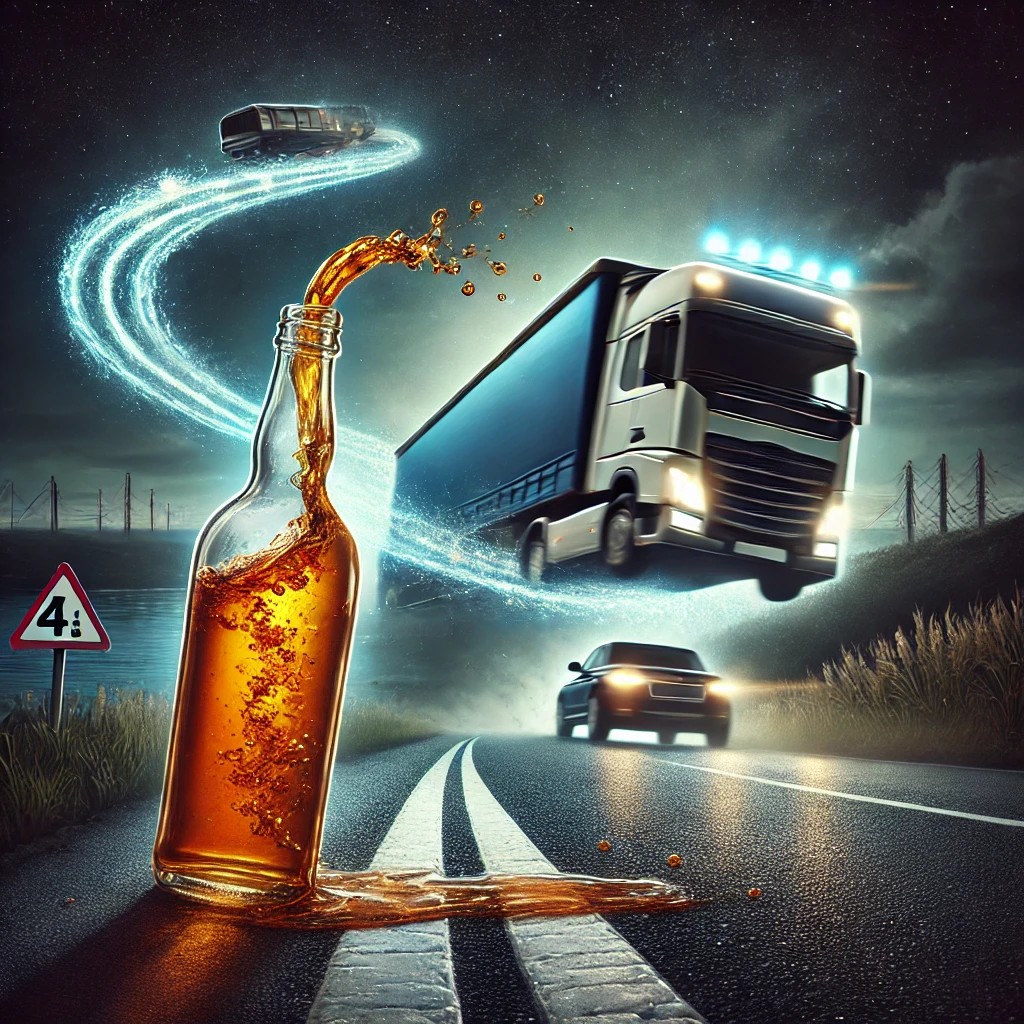What is Drink Driving?
Drink driving refers to operating a vehicle while under the influence of alcohol, impairing the driver’s ability to drive safely. In the UK, the legal alcohol limit is:
- 35 micrograms of alcohol per 100 millilitres of breath
- 80 milligrams of alcohol per 100 millilitres of blood
- 107 milligrams of alcohol per 100 millilitres of urine
Exceeding these limits can lead to severe penalties and increased risk on the roads.
The Consequences of Drink Driving
Drink driving significantly impairs reaction times, judgement, and coordination. The consequences include:
- Legal penalties: Fines, driving bans, or imprisonment.
- Increased insurance costs: Convictions drastically raise premiums.
- Risk of accidents: Alcohol-related crashes cause thousands of injuries and fatalities annually.
The Cost to Businesses
For businesses relying on drivers, drink driving can have serious repercussions:
- Compliance risks: Operators are required to ensure drivers are fit to drive. Non-compliance can lead to investigations by the Traffic Commissioner.
- Reputation damage: A single incident can tarnish a company’s reputation.
- Financial loss: Accidents can result in costly repairs, insurance claims, and loss of productivity.
How to Prevent Drink Driving
1. Educate Drivers: Conduct regular training sessions to highlight the dangers and legal implications.
2. Implement Policies: Have a clear alcohol policy that includes random testing.
3. Promote Alternatives: Encourage the use of taxis, public transport, or designated drivers when consuming alcohol.
4. Monitor Compliance: Use telematics and driver behaviour monitoring tools to spot risky behaviour early.
Final Thoughts
Drink driving is preventable. By fostering a culture of safety and accountability, businesses and drivers can reduce road accidents and save lives.










